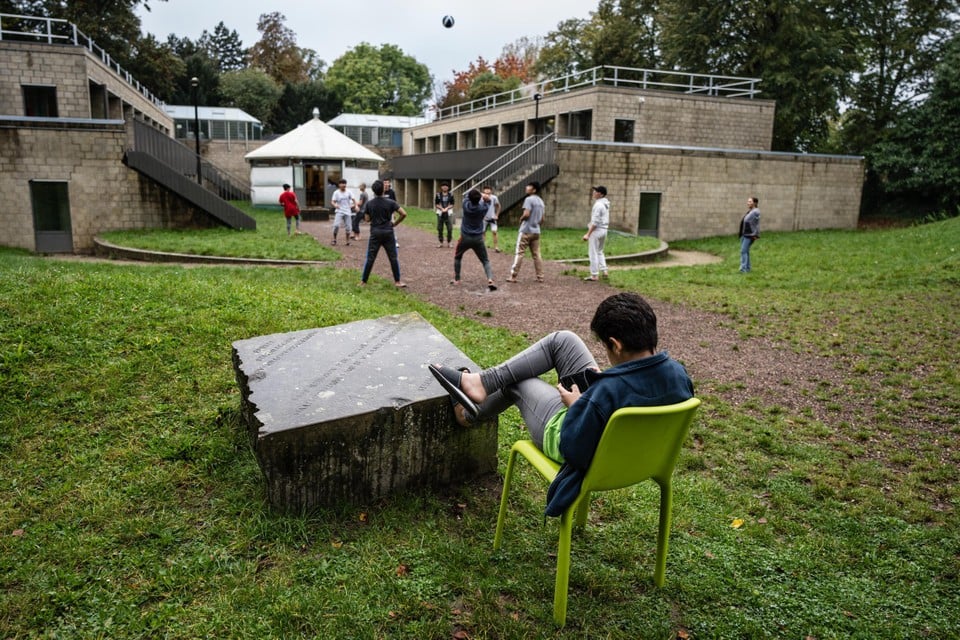The court now ordered clear boundaries for sulphate emissions from the Hamina Battery Material Factory

Environmental permits|« Batch victory for the Baltic Sea, » says environmental organizations.
The abstract is made by artificial intelligence and checked by man.
The Vaasa Administrative Court tightened the environmental permit of the Hamina Battery Material Factory and ordered a stricter boundary for sulphate emissions.
The sulfate limit was lowered from 62 grams to seven grams per liter, but the change was given a two-year transition period.
Environmental organizations consider the decision to win the Baltic Sea, but criticize a long transition period.
Vaasan The Administrative Court ordered the tightening of the environmental permit, which allowed the Hamina battery material factory to release its wastewater in the sea.
The Administrative Court gave its much expected decision on Friday. According to the solution, the sulphate must be significantly removed, but the limit values came from a two-year transition period.
In the original environmental permit, the sulfate limit was 62 grams per liter, which was now dropped to seven grams.
At the same time, it ordered the company to provide the supervisory authority with a statement of the techniques and measures to achieve the limit value.
The court emphasized that wastewater should be treated with the best usable technology method before leading to the Hamina Sea area. These include diffusers that promote the mixing of wastewater with seawater.
Second The tightening of the permission is that a sample of the groundwater pipe must be taken every year, not every other year.
The environmental permit issued by the Regional Government Office gave the Administrative Court a huge amount of complaints from individuals and different organizations from fisheries to the Finnish Association for Nature Conservation. This was a small popular movement for the Gulf of Finland.
For example, in its statement, the Regional Administration of Southern Finland considered that, if implemented, the plant would be Finland’s largest point sulphite load source.
Environmental organizations called a solution to the Baltic Sea. The Finnish Association for Nature Conservation and the Pure Sea Association regretted the transition period.
« However, the activity may continue two years before emissions need to be reduced. This is too long for the Baltic Sea. The legislation has to be changed to avoid heavy court battles, » they say in their joint announcement.
They point out that removal technology has existed for decades and that the sea area has been eutrophied and suffers from oxygen roof during the summer.
Behind the raw material for electric car batteries is the Finnish-Chinese CNGR Finland. The company is owned by the Finnish State Investment Company Finland’s ore department and Chinese CNGRDVANCED MATERIAL.








:format(webp)/s3/static.nrc.nl/wp-content/uploads/2025/04/04111243/data130287438-072114.jpg)